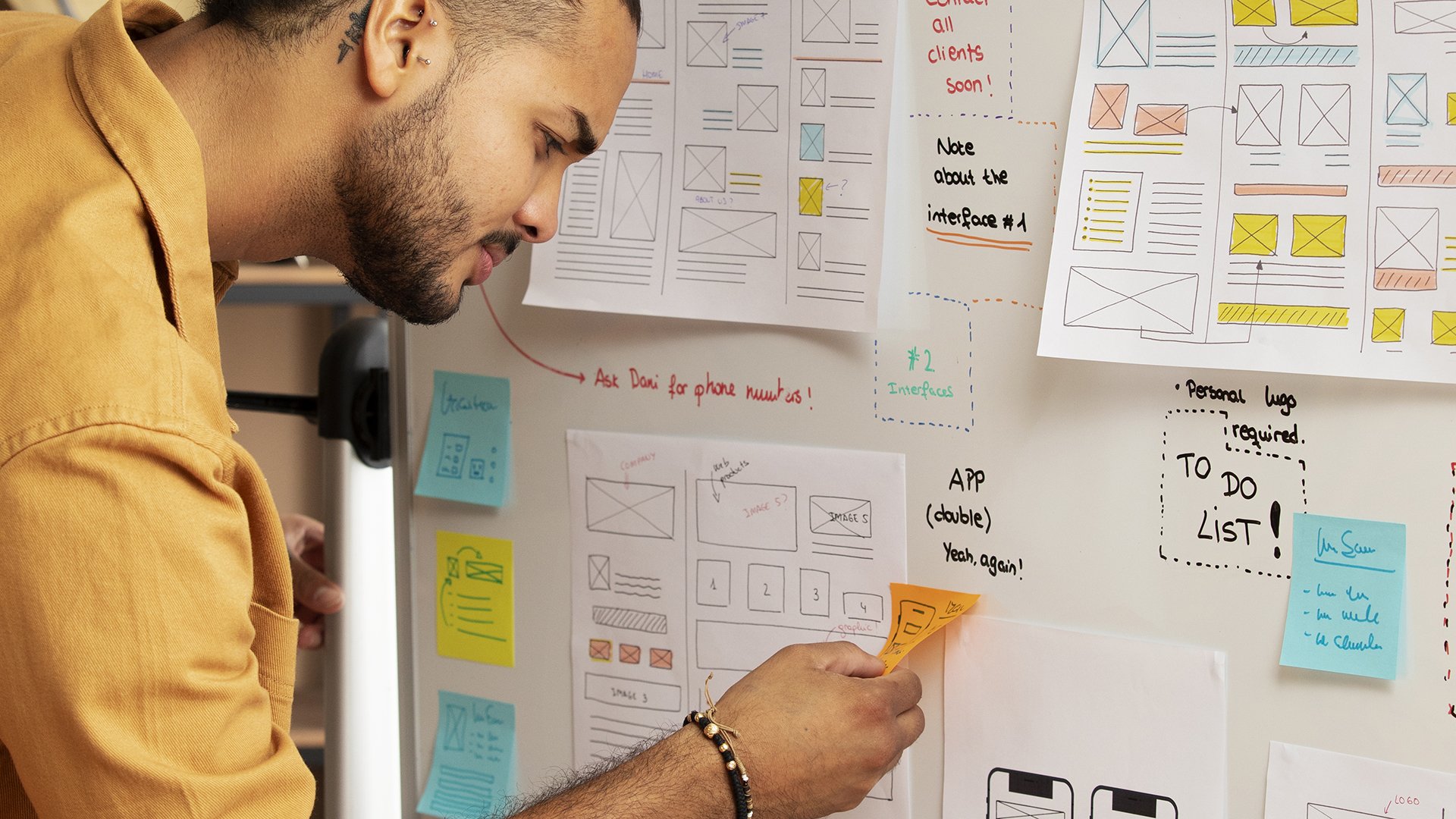Navigating the Design Landscape: Unraveling the Differences Between Graphic, UX, and UI Design
In the ever-evolving world of design, the terms "graphic design," "UX design," and "UI design" often get thrown around. While they all fall under the broad umbrella of design, each serves a unique purpose in shaping the digital experiences we encounter daily. In this blog post, we'll unravel the intricacies of graphic, UX, and UI design, exploring their differences and shedding light on the crucial roles they play.
Graphic Design: The Art of Visual Communication
Graphic design has long been synonymous with visually striking imagery and aesthetic appeal. Traditionally, when someone mentioned "design," it was likely about graphic design. Graphic designers are visual storytellers, using elements such as typography, colours, and images to convey messages and evoke emotions. Their expertise lies in creating eye-catching branding, marketing materials, and engaging visuals that leave a lasting impression.
Graphic design can be applied to a wide range of media, including print materials such as posters, brochures, and magazines, as well as digital platforms like websites, social media graphics, and mobile apps. Graphic designers use their artistic skills and technical expertise to solve visual problems and convey information clearly and engagingly.
UX Design: Crafting Seamless User Experiences
UX design, or user experience design, is a multidisciplinary approach to creating products, systems, or services that are intuitive, efficient, and enjoyable for users. UX design focuses on understanding the needs, behaviors, and preferences of users and then designing solutions that meet those needs effectively.
UX designers are dedicated to enhancing user satisfaction by improving the usability, accessibility, and overall delight in interacting with a product or service. Through user research, wireframing, and careful consideration of user flows, UX designers create a roadmap for an experience that is not only functional but also enjoyable and intuitive.
UI Design: Bridging the Visual and Interactive
UI design, or user interface design, is the process of designing the visual and interactive elements of a digital product or system that users interact with. It focuses on creating interfaces that are intuitive, aesthetically pleasing, and efficient to use.
While graphic design focuses on static visuals, UI designers deal with the interactive components of a digital interface. They craft buttons, icons, and navigation elements that are not only visually appealing but also contribute to a seamless user experience.
Overall, UI design plays a crucial role in shaping the user experience of digital products and systems by focusing on the visual and interactive aspects of the interface. It works in conjunction with UX design to create cohesive and user-centered designs that meet both user needs and business goals.
Collaboration is Key
While each design discipline has its distinct focus, successful digital projects often require a collaborative effort between graphic, UX, and UI designers. The lines between these roles can blur, and effective communication is essential to ensure a holistic approach to design. Bringing together the skills of graphic designers, who excel in visual communication, with the user-centric thinking of UX designers and the interactive expertise of UI designers results in a well-rounded and impactful user experience.
Conclusion
As we navigate the intricate landscape of design, understanding the differences between graphic, UX, and UI design becomes crucial. Graphic design captures attention, UX design enhances satisfaction, and UI design seamlessly integrates visual and interactive elements.
Together, these disciplines converge to create the digital experiences that shape our online interactions, reminding us that the beauty of design lies not only in what we see but also in how we experience it.
Image Credits: Freepick




